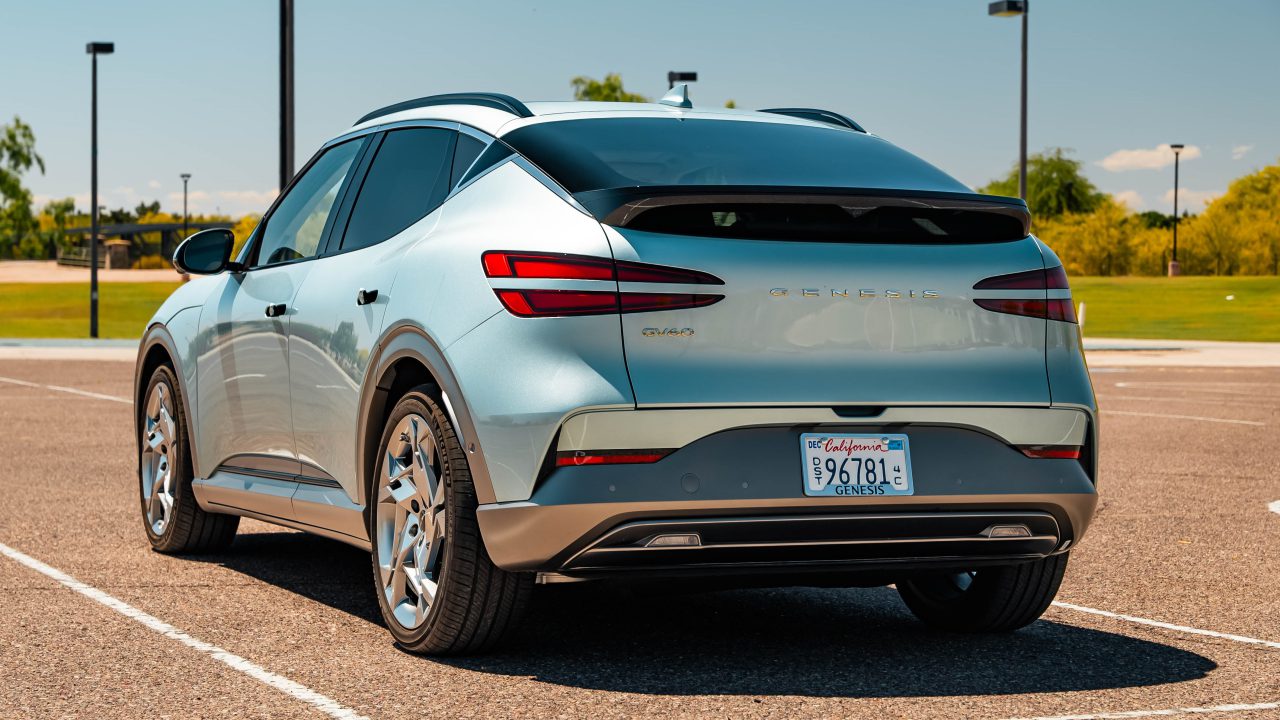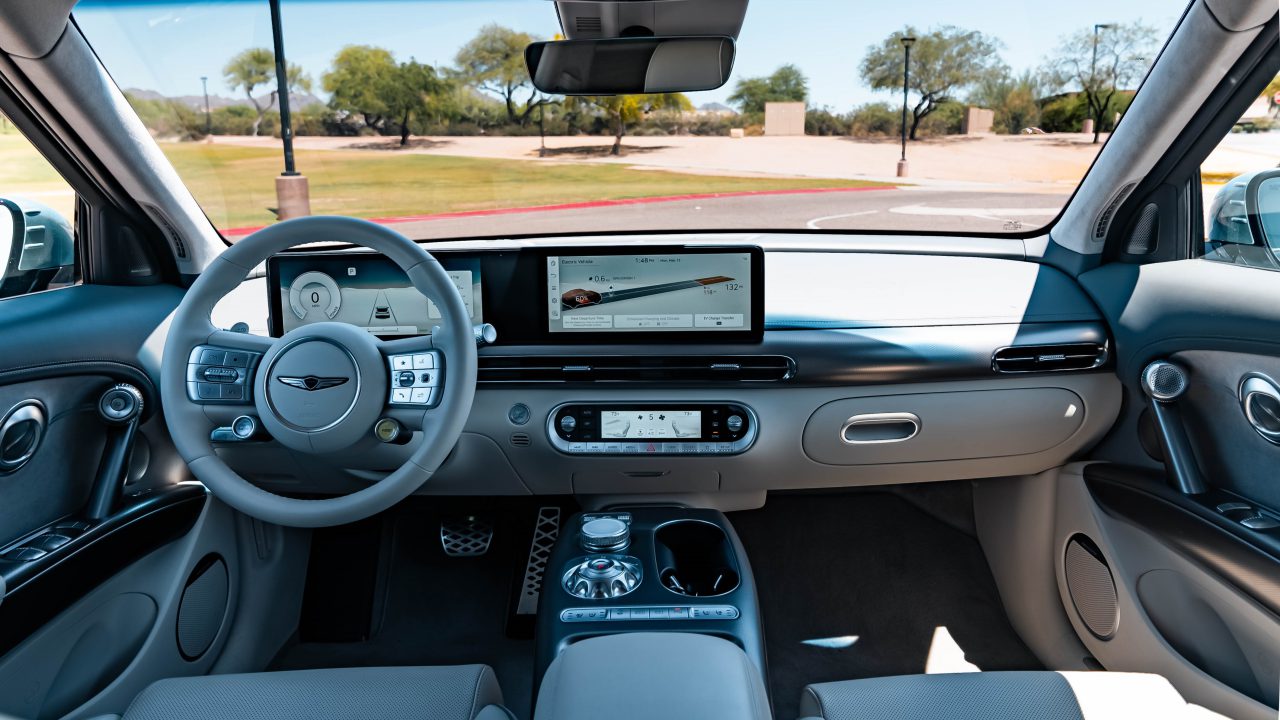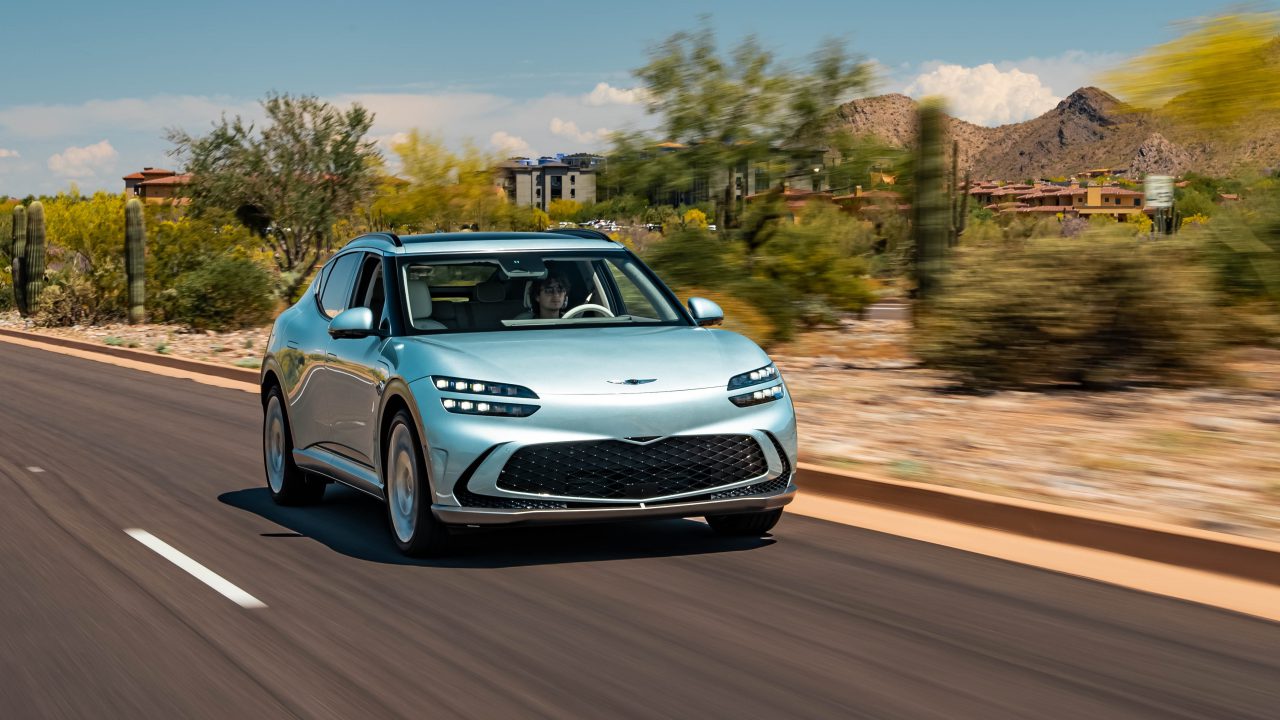Electric cars continue to spark debate. Regardless of your stance, the 2024 Genesis GV60 Performance AWD is worth looking at. Unconventional design elements, unparalleled speed, and a drift mode to get loose are a few of the things that set this vehicle apart from being your standard compact crossover. The GV60 competes with rivals like the Audi Q4 e-tron and Volvo XC40 Recharge. In 2024, new trim options and an increased driving range are set to enhance its appeal. With a price tag of $70,900 for our Performance trim, what exactly do you get?

The GV60 Performance is powered by two electric motors—one at the front and one at the rear—delivering a combined output of 429 to 483 horsepower and 516 lb-ft of torque. It accelerates from 0 to 60 mph in just 3.6 seconds. The top speed is impressive but governed to 151 mph. With a range of 235 miles, extendable to 264 miles with the lower trims, it offers efficiency with an EPA-rated 97 MPGe in the city, 82 MPGe on the highway, and 90 MPGe combined. To charge this bad boy from 10% to 80% it takes approximately 18 minutes with the DC Supercharger.

Our GV60, painted in Hanauma Mint, has a sleek and modern look. While it’s fancy, I personally preferred the Verbier White we saw on the Genesis G80. The exterior highlights familiar Genesis design elements, like the double-stacked headlight and taillight housings. Unlike other models, it features a more streamlined look with a subtle lower grille instead of the usual Genesis design. The lower grille cleverly hides the forward-facing camera and parking sensors. The functional corner air inlets, and well-shaped splitter for added downforce, contribute to its refined appearance but keeps things practical.
The GV60 rolls on 21-inch performance trim wheels with 6-piston calipers, with 19-inch wheels available for those seeking better range. The blacked-out A-pillars create a seamless visual flow from the roof to the body, setting the GV60 apart from its competitors and giving it a sportier, more unified appearance. A major gripe for me is that it doesn’t really look like a performance vehicle. There’s not even a badge showing performance. I would have liked to see sportier designs, like blacked-out wheels or a more aggressive spoiler. But hey, we’ve all got our own preferences.
The trunk space is practical and versatile. With 24 cubic feet of space, you can easily fit a week’s worth of groceries or a couple of large suitcases for a weekend getaway. When you need more room, the 60/40 split rear seats fold down to expand the space to over 50 cubic feet. This is perfect for more significant tasks, like hauling gardening supplies, fitting in gear for a long trip, or transporting a bicycle. The GV60’s cargo capacity ensures you can handle various needs, a reason I love hatchbacks so much.

I’ve got nothing but positive things to say about this interior. The clean white suede headliner and Nappa leather seats look stunning and pair nicely with the white steering wheel, though I do wonder how easy it will be to keep it all clean. The interior features two 12.3-inch info screens, turn signal cameras, and a vehicle color-matched 3D parking view. The door handles are funky and round but match the aesthetic. My one critique is the wired Apple CarPlay and Android Auto, which feels outdated for 2024. It’s not a huge issue, but I don’t want excess cords cluttering my luxurious vehicle. The vibe of the interior reminds me of an early 2000s sci-fi movie with the floating center console and fingerprint scan feature.
The feature that catches everyone’s attention first is the crystal ball shifter. You can change its color by selecting different ambient lighting options in the infotainment menu. When the car turns on, the crystal ball flips to reveal the shifter, which looks reminiscent of old rotary phones. It’s incredibly satisfying to use because of its smooth metallic finish. I haven’t seen anything quite like it.
As I sat in the rear passenger seat, I found it to be just as gorgeous as the front. The white suede material on the headliner and door panels, along with the white Nappa leather seats, still felt luxurious. While the seats weren’t quite as comfortable as I had hoped, due to the lack of lumbar support, the heated seat option was a nice touch. It was great to see the chauffeur button back, just like in the G80 model. This feature allows rear passengers to adjust their seating for comfort, provided no one is in the front passenger seat. Additionally, there’s plenty of storage space for belongings back there.

The boost button on this vehicle is incredible, giving you 0-60 mph in just 3.6 seconds. With AWD, you already know it’s going to handle well, though the novelty of quick acceleration does wear off after a while. Driving it feels like what I imagine piloting a spaceship is like—quick, quiet, and smooth. Pressing the boost button makes my stomach lift and almost gives me butterflies. The safety features work well, especially the alert that lets you know when vehicles ahead pull away. However, be careful because it’s easy to speed in this thing. My girlfriend, who isn’t usually into cars, was amazed at the acceleration and cabin design. She said it seemed like a secret prototype vehicle.
One of the standout features is the “Drift Mode,” which diverts power exclusively to the rear wheels, allowing you to, well, drift! After a quick Google search on how to activate it, we took it to an empty parking lot. The sense of control was incredible, especially for someone like me who enjoyed getting loose with a 392 Challenger. I love it when vehicles come with fun little Easter eggs like this. It not only makes driving more enjoyable but also serves as a great selling point, showing the car’s versatility and performance capabilities in a unique way.
There is one HUGE drawback to owning a vehicle like this, though: charging it. Charging this car is a hassle. If you’re a serious buyer, it’s essential to install a Stage 2 charger at home. Using a regular wall outlet can take days to fully charge to just 235 miles, which is quite low and honestly this vehicle’s biggest flaw. Since we didn’t have a Stage 2 charger and needed it for commuting, we had to use the supercharger almost every day, which got extremely expensive—much more than any gas-powered car.
The 2024 Genesis GV60 Performance has quickly become one of my favorite vehicles we’ve reviewed. I know what you’re thinking: it’s electric, how could you ever say that? Well, I’m open-minded about EVs, as long as they don’t turn pre-established models into electric versions—looking at you, Dodge Charger. If it’s a brand-new model that’s electric, I’m all in!
You have the option to choose the base model GV60 for $53,350, but if you’re seeking rapid acceleration, premium features, and a complete package, the GV60 Performance AWD is the way to go. Priced at $70,900, it offers a distinctly enhanced driving experience compared to the base model. It was incredibly fun to drive, and I’d love for you to experience it for yourselves.





